The Royals’ start to the 2021 season can officially be declared as…hot.
With Monday’s win, capping a four-game sweep of the Tigers, the Royals stand at 14-7. It’s the second-best record through 21 games in franchise history. They’ve won five in a row and have a 6-0 record in one-run contests. It seems they are finding a different way to win almost daily.
Detroit isn’t a good baseball team. They’re at a different stage of their rebuild and the offense is lacking. But they reside in the AL Central and you have to take care of business within your division. The Royals pitchers made certain of that, holding the sputtering Tiger offense to five runs in the four games with 48 strikeouts.
The Royals themselves only plated 15 runs in the four games, but it was enough to propel them to four victories.
All eyes on Keller
The focus on days where Brad Keller starts is going to be…Brad Keller. He’s been so mercurial through his first four starts—with mostly underwhelming results—while the rest of the rotation has been mostly solid and at times spectacular. The focus can only land squarely on the Royals Opening Day starter if only because it wasn’t supposed to be this way.
It was under that microscope that Keller took the ball on Monday in Motown, attempting to keep the good Royal times rolling against a weak Tiger offense. From the jump, you had to wonder what the hell you were watching.
The first inning was a mess.
Keller was yanking his fastball, overthrowing and missing well low and out of the zone. The slider caught the plate a couple of times, but that pitch was generally so far down that it was too easy for the hitters to let it go. The sinker was way too centered given the rest of his pitches weren’t finishing in the same zip code.
Keller threw 20 pitches in the frame. The chart above only has 18 plots because two of the pitches were yanked so hard, and came up so short, the plotting software couldn’t capture them.
Maybe the wildness had a benefit. After walking two of the first three batters, the next two were fly ball outs. Like an arsonist waving a lit match over a container of gasoline, it was a dangerous performance, but with no damage done.
Keller was back out for the second and made a crucial adjustment that kept him in the game. He stopped overthrowing and started working up in the zone with the fastball.
The byproduct of the elevated fastball was that everything was up. Keller simply can’t afford to spin sliders in the middle of the plate as he did in that inning. The slider middle up was a double that had a 101.3 mph exit velocity. The slider middle down was a lineout with a 106 mph exit velocity. The method may have changed from the first to second inning, but Keller was still insisting on living on the edge.
The slider stayed up in the third, but moved to the edges where Keller was able to miss bats.
This was the inning where the Tigers were able to draw blood. A leadoff double by Robbie Grossman and a pair of singles plated a run. Detroit threatened for more but Miguel Cabrera was thrown out at home by Nicky Lopez and Akil Baddoo whiffed to end the threat.
The Tigers put 21 balls in play against Keller, with 10 of them classified as hard-hit. Starting with the Nico Goodrum fly out to open the second, five of the six Detroit batters in the second and third inning crushed the ball with an exit velocity greater than 100 mph. Yet Keller was able to dodge serious trouble.
An injury interlude
The Tigers were threatening in the third with runners on the corners and one out. With Willi Castro up, the Royals infield was in slightly on the corners, but set closer to double play depth up the middle. Castro was out in front of a slider that was in on his hands and squibbed it to Nicky Lopez who charged and decided (rightly) that his best play was at home where a plodding Cabrera was headed.
Lopez short-hopped the throw, Salvador Perez picked it up and Cabrera was running at a glacial speed where I don’t think he had enough forward momentum to slide. It was a heads-up play from Lopez, but it came with a potential cost. Perez tweaked his thumb receiving the ball on the bounce and was later removed from the game. The initial diagnosis was right thumb discomfort. He is day to day. I suppose we’ll come closer to knowing the seriousness of the injury when the lineups come out this afternoon for the game in Pittsburgh.
Grinding out the win
Back to Keller…He allowed another run in the fourth on a triple and single to lead off the inning but got that double-play ball to help escape. He gave up back-to-back singles with two down in the fifth but secured the final out without further damage. At 92 pitches on the day and a lot of high-stress mileage, it was safe to figure his day was done. But Mike Matheny had other thoughts. Keller returned for the sixth and turned in what was his best frame of the day. Three up, three down, only 11 pitches required.
“The bigger part of the equation today was how many guys we had down in that pen. And we didn’t have enough coverage. We had guys, yes, but we needed to get a good part into that sixth inning,” Matheny zoomed after the game.
“There’s certain guys we’re going to use on certain days as leverage pitchers. We only have so many of those, and we’ve been working them hard because we’ve been in a lot of games like this. It was important for Brad to go back out there and get us at least a couple of outs in the sixth. We were in the bottom part of their lineup and felt comfortable with him taking one more shot at it and he didn’t disappoint.”
Keller’s final line looked like this:
6 IP, 8 H, 2 R, 2 ER, 2 BB, 4 SO. 103 pitches, 66 strikes
With a Game Score of 50, it was his second-best start of the young season, behind his one-run performance in 5.2 innings against the Angels at the start of the last homestand. That was the only other time he’s thrown more than 70 pitches in a start.
It’s difficult to assess this latest effort from Keller. There were certainly some positives and the team line seems to include the word “grind” when describing it. But the negatives remained. It was a grind but in a self-inflicted kind of way and continues to leave questions about what’s next. The optimism that accompanied that start against the Angels a couple of weeks ago evaporated in his following outing against the Rays. The inconsistencies have been so great, that no matter how Keller performed on Monday we’re still going to be very much in wait and see mode. Nothing has changed on that front.
But the positives include the adjustments he made in-game; to elevate more and stop overthrowing. He did grind, and he got his team six innings when they needed it. If the Royals stay on rotation, his next test will come at the conclusion of this road trip on Sunday afternoon against the Twins.
Small ball for the victory
The winning run for the Royals ultimately came courtesy of a couple of productive outs.
When Jarrod Dyson opened the fifth with a double, Nicky Lopez immediately moved him to third with a sacrifice. I understand that Lopez has proven himself to be a fine bunter, but at that point of the game, giving up an out before the lineup was due to flip for a third time was questionable. Yes, the Royals offense hasn’t exactly been firing on all cylinders, but there was a fast runner in scoring position with three hitters to follow who had a decent chance of putting the ball in play and making things happen. Maybe, just maybe, that could be the moment where the offense comes to life and they hang a big inning on the board.
Whit Merrifield drove a ball to deep left-center and Dyson was able to score easily on the sac fly.
The small ball strategy worked and it certainly has its place late in the game, especially in the gimmick that has become extra innings. The Royals have used it there a couple of times this year. However, I hope that Matheny doesn’t become too enthralled with this particular process that we start seeing more fifth inning bunts. Just a personal preference.
Holland holds on
Prior to Monday’s appearance, Greg Holland had appeared in just one game in the last week. That was on April 20 when he was asked to just get the final three outs against a Rays team that was leading at that point by a score of 11-7. Yet after six batters, 24 pitches and two home runs, he was pulled for Hanser Alberto.
On Monday, he took the mound in the eighth inning, tasked with protecting a one-run lead. It took just two pitches before everything threatened to go to hell.
Rule 5 pick Akil Baddoo had had a rough game to that point. He struck out twice against Brad Keller, looking overmatched in both at bats, before finally making contact and flying out in the fifth. He led off the eighth against Holland, got ahead 1-0, then drove a fastball to the gap in the opposite field that hit off the top of the wall, just missing a home run by inches, he motored into third with a triple.
The tying run was 90 feet away with nobody out.
Tom Tango has frequently published a run expectancy matrix. It’s a table that considers the runners on a particular base along with number of outs and calculates the odds that a run will be scored in that inning. According to the updated matrix that Tango published to Twitter on Monday (how about that for fortuitous timing!) with a runner on third and no one out, the Tigers had an 82 percent chance of scoring a run.

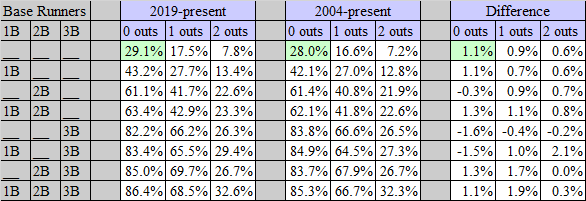
So certain were the Tigers going to plate at least one run, the overall win expectancy tilted to their favor.
Even if you didn’t know the odds, the situation was looking grim for the Royals.
Except Holland put his faith in his slider, and his slider saved the day.
Nico Goodrum was the first victim. Holland spiked the first slider and caught the edge with the second. At 1-1, he went with an elevated fastball that was fouled off. For the fatal pitch, he spun a slider down and out of the strike zone that was waved at and missed.
One out.
Next was Wilson Ramos. Holland popped a high slider that Ramos whiffed on. The next slider was perfectly located, down and away, that Ramos could only top for Cam Gallagher to field for an out at first.
Two outs.
The final victim was Victor Reyes. This time, Holland opened fastball, down and out of the zone that was swung at and missed. Ahead 0-1, Holland revisited the slider and went even lower for another whiff. He flat dared Reyes to swing at a spiked slider, but the left-handed batter was able to finally resist. Too low apparently. So Holland adjusted the plane and threw his eighth and final slider belt high. Swing and a miss.
Three outs.
It was a vital performance in the game’s key situation. Holland will only earn a “hold” for his efforts and an honest assessment of his outing is he put himself in the stew, but damn if he didn’t spin his way out of it. Getting three outs on 12 pitches, it was his shortest outing of the season to this point.
Entering Monday’s game, Holland’s spin rate on his slider was identical from 2020, averaging 2,173 rpm. However, his average velocity on the pitch is slightly down from 2020: about 0.7 mph. The result is more movement, specifically downward bite. According to Baseball Savant, the average Holland slider is “dropping” about 37.4 inches in 2021, about four percent more than league average. Last year, his drop was 35.8 inches. He actually had a little less drop than his seasonal average on Monday, but it didn’t seem to matter to the Tigers, who were flailing away at the pitch in the eighth.
The final tally for Holland: Eight sliders, five swings, four misses and one ball in play that traveled about 20 feet. And one hold.
Central issues
Minnesota 3, Cleveland 5
The Twins get walked off in extras again. This is just a brutal stretch for the prohibitive AL Central favorites, who have won just twice in their last 12.
The Royals wrap their current road trip with three games in Minnesota starting on Friday. What’s the adage? A wounded Twin is a dangerous Twin? They may be down at the moment, but there’s still a lot of talent on that roster.
Up next
Before the Royals arrive in Minneapolis, they have a pair of games in Pittsburgh. The Pirates, like the Royals, have outperformed modest expectations in the season’s first month. But while the Royals are looking for daylight between themselves and the rest of the AL Central, the Pirates are feeling good about playing .500 baseball through their first 22 games.
Tuesday — Jakob Junis (3.71 ERA, 9.5 SO/9, 3.2 BB/9) vs Tyler Anderson (3.92 ERA, 92. SO/9, 2.6 BB/9)
Wednesday — Mike Minor (4.64 ERA, 8.9 SO/9, 3.0 BB/9) vs Mitch Keller (7.16 ERA, 9.4 SO/9, 4.4 BB/9)
I am very disappointed we will not have a Brad Keller versus Mitch Keller pitching matchup. Maybe at the end of May when they meet again.




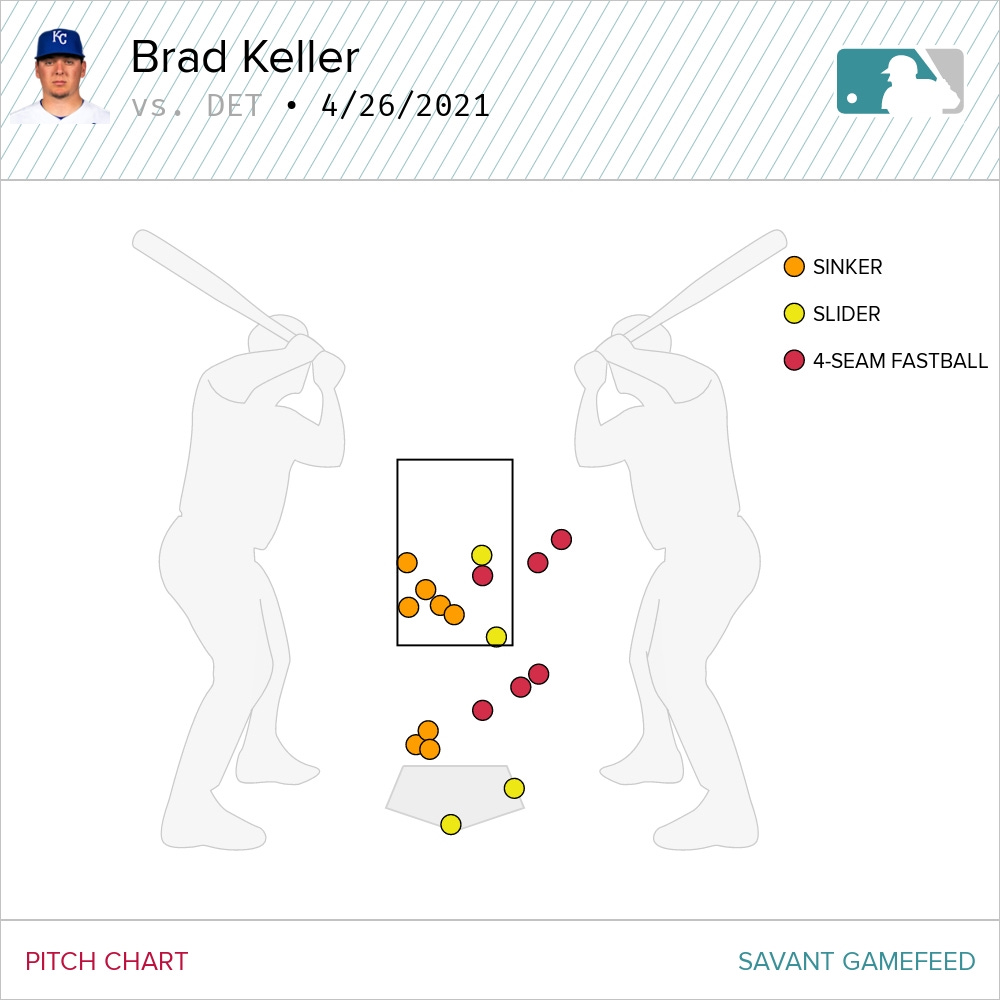
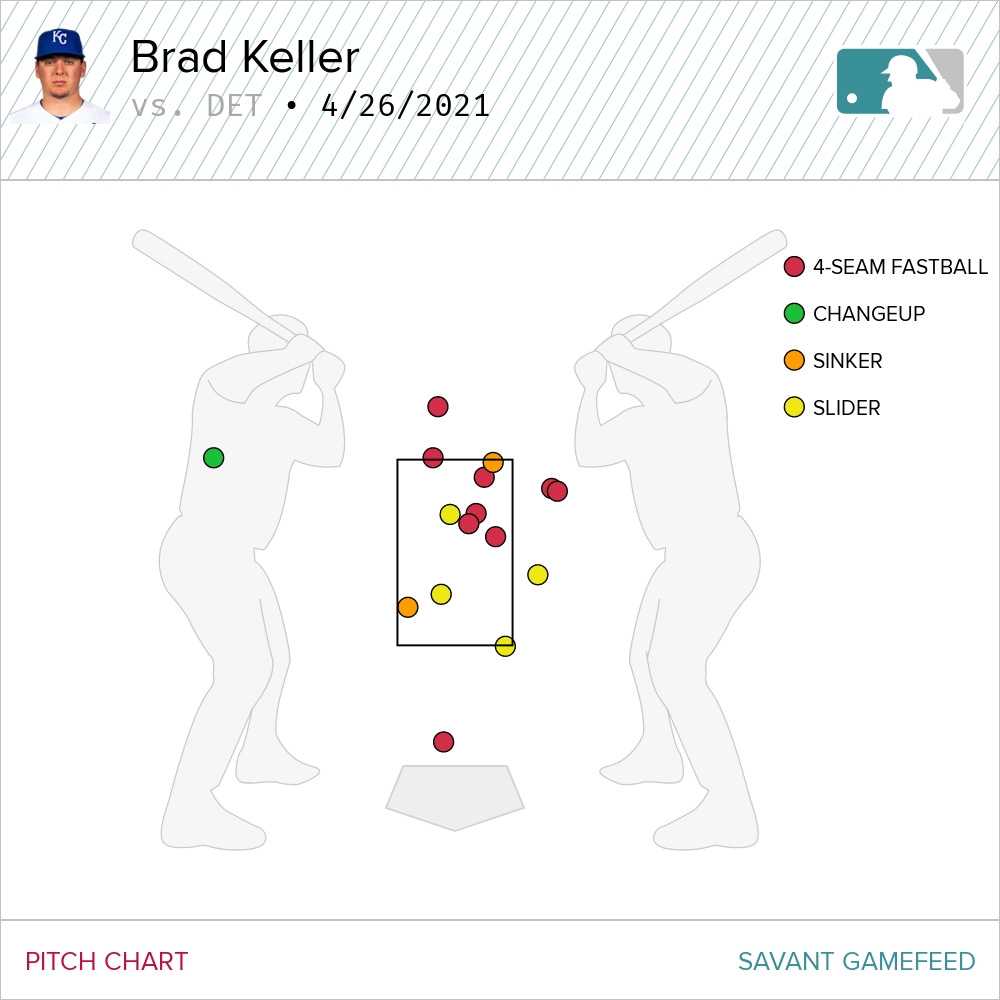

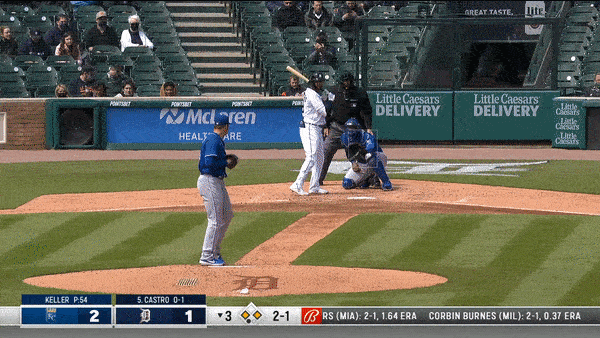
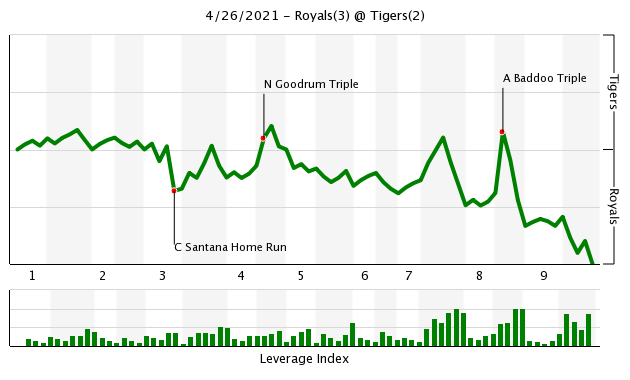
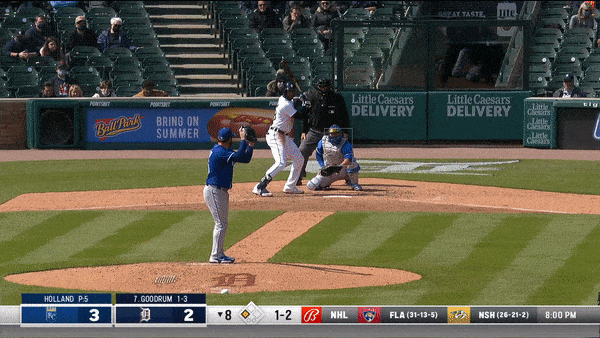
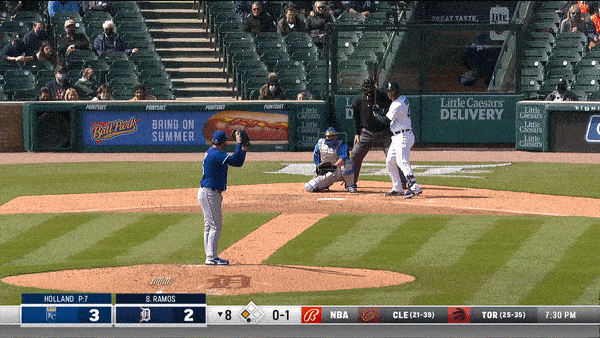
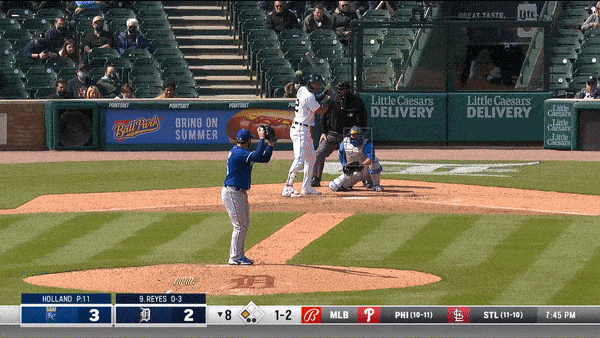
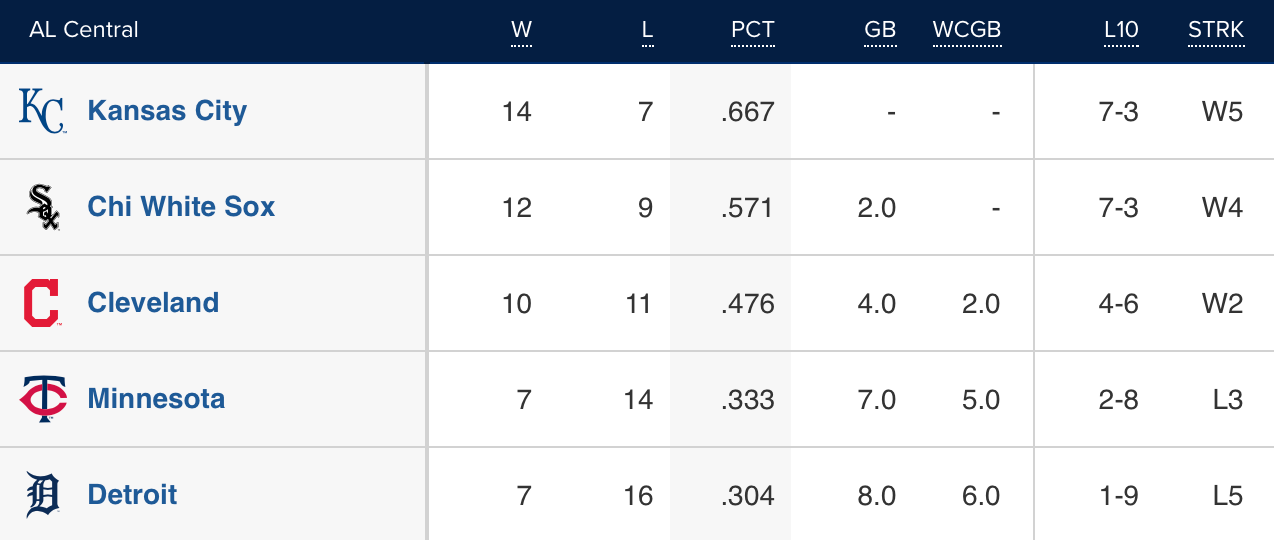
Can't always win by scoring 10 runs a game...but it sure would be nice - every now an then - to get a few more across. Lopez continues to surprise / Still a fun team to watch. Hunter will catch-up to his average -